1. Phasing Out Animal Performances and Unnatural Displays
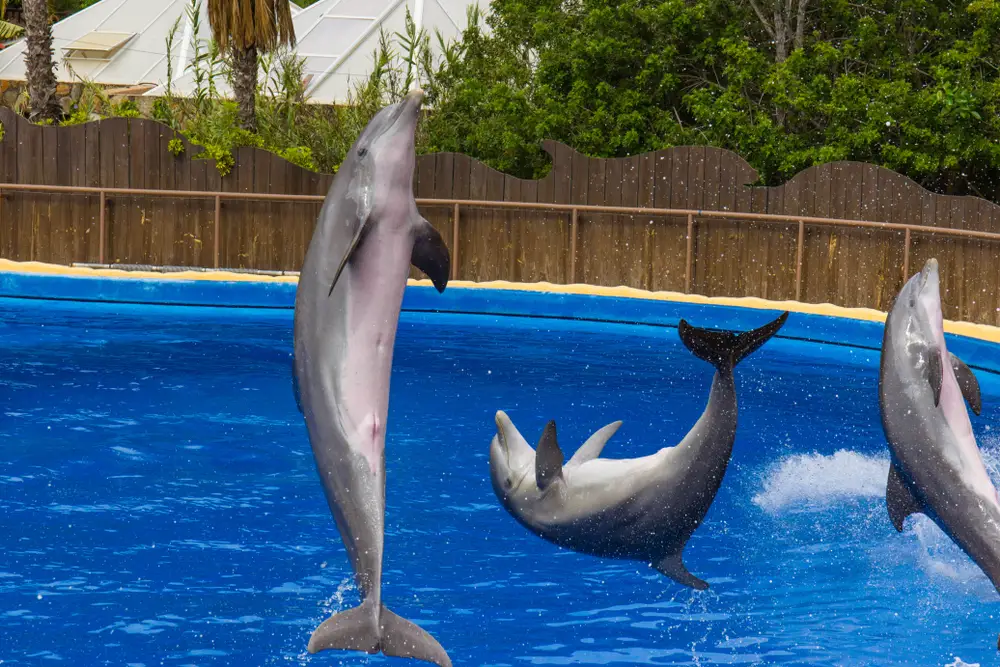
Gone are the days when lions jumped through flaming hoops or dolphins performed synchronized flips for applause. Modern zoos are moving away from these unnatural performances, recognizing that they often stress animals and do little for their well-being. Instead of teaching animals to entertain, zoos are now focused on showcasing natural behaviors, allowing visitors to see how animals truly live in the wild.
This shift benefits both animals and guests. Visitors now get to observe animals in more natural, enriched environments, rather than artificial settings designed purely for human amusement. Watching a tiger stalk its prey (even if it’s just a feeding simulation) is far more educational than watching it balance on a stool. By removing these outdated performances, zoos send a powerful message: animals are not here for our entertainment—they are here to be respected and protected.
2. Expanding Breeding Programs for Endangered Species
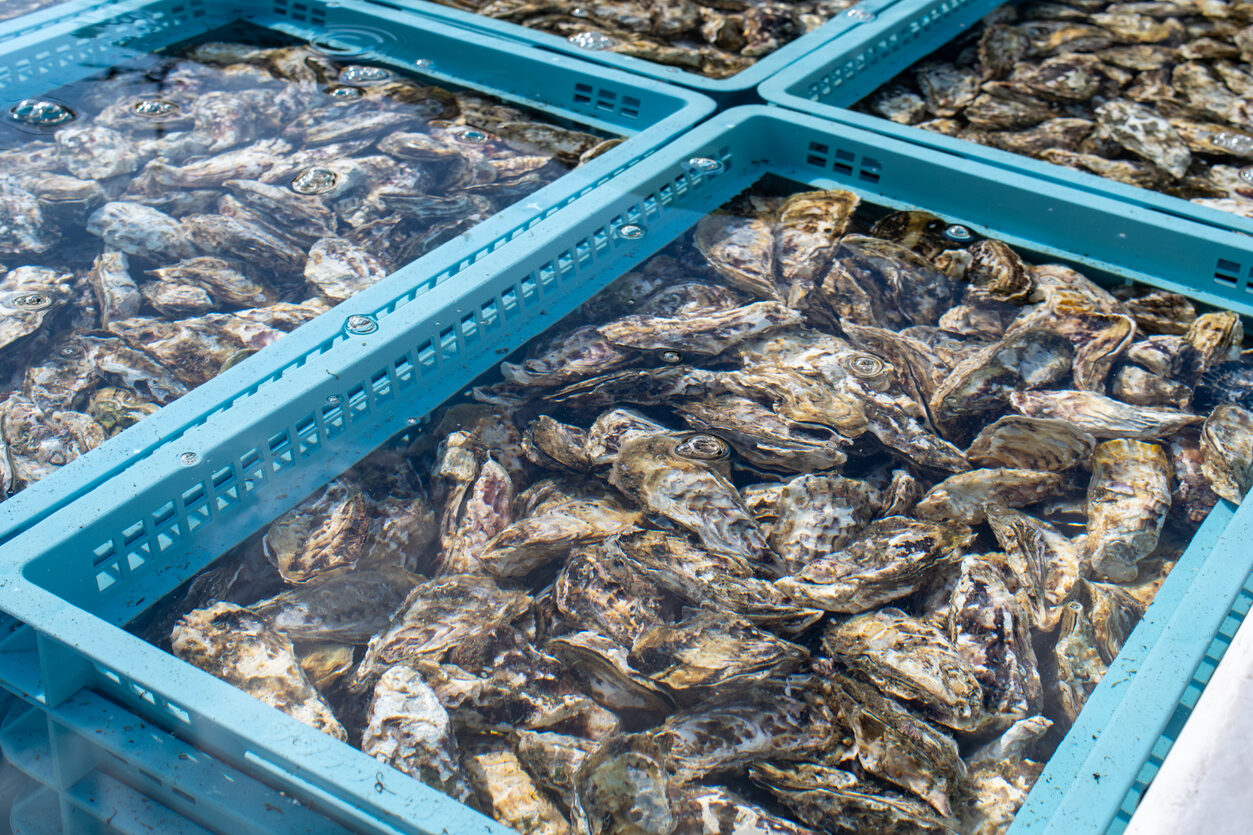
One of the most significant ways zoos contribute to conservation is through captive breeding programs. Many species, like the black-footed ferret and the California condor, have been saved from extinction thanks to these efforts. Unlike traditional zoos that focused on collecting rare animals for display, modern zoos are actively working to rebuild fragile populations and reintroduce them into the wild.
These programs take careful planning, with scientists considering genetic diversity and natural behaviors before releasing animals. Take the case of the Przewalski’s horse—once extinct in the wild, but now roaming the Mongolian steppes again due to zoo-led breeding programs. By focusing on conservation rather than collection, zoos are proving that they can be more than just animal exhibits—they can be wildlife lifelines.
3. Transforming Enclosures into Naturalistic Habitats

Remember the concrete cages and iron bars of old-school zoos? Thankfully, they are rapidly disappearing. Modern zoos are redesigning enclosures to mimic real habitats, creating environments where animals can climb, dig, hunt, and play just as they would in the wild. This makes for happier, healthier animals and a more immersive experience for visitors.
Instead of small, barren spaces, zoos now invest in expansive, multi-species habitats that reflect natural ecosystems. At some zoos, you can walk through African savannas, tropical rainforests, and Arctic tundras, all carefully designed to support the well-being of the animals. These changes don’t just make zoos look prettier—they give animals the space, enrichment, and social structures they need to thrive.
4. Funding and Leading Anti-Poaching Initiatives
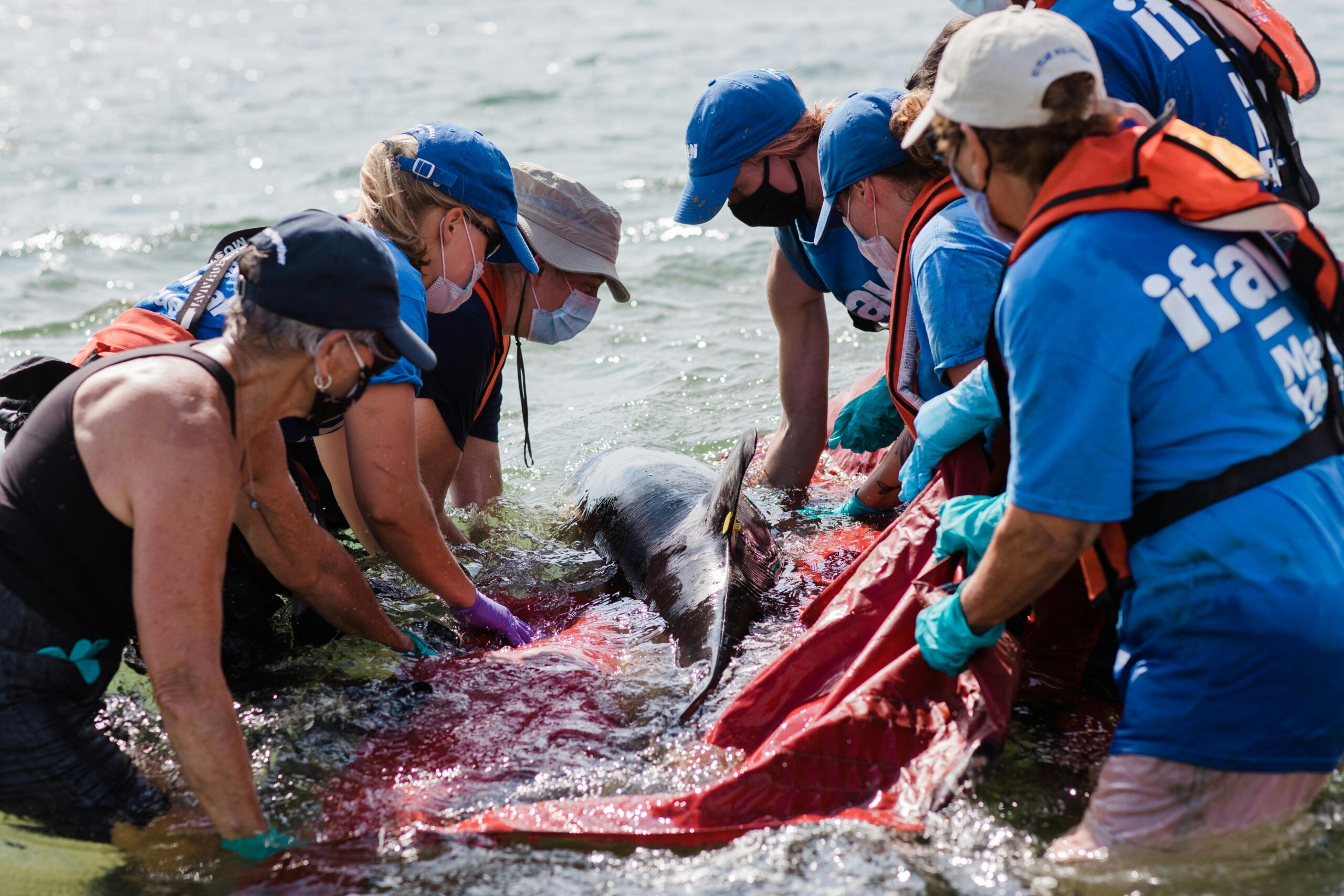
Zoos aren’t just protecting animals within their walls—they’re funding efforts to protect them in the wild. Many modern zoos donate millions to anti-poaching programs, conservation research, and habitat restoration projects. Instead of merely housing endangered species, they are helping to prevent the threats that endanger them in the first place.
For example, the San Diego Zoo’s Global Wildlife Conservation program has helped track and protect rhinos, elephants, and big cats in Africa. Some zoos even deploy teams to rescue and rehabilitate injured animals in poaching hotspots. By investing in these initiatives, zoos are proving that their role goes far beyond captivity—they are actively working to keep animals safe where they truly belong.
5. Reintroducing Captive Animals into the Wild
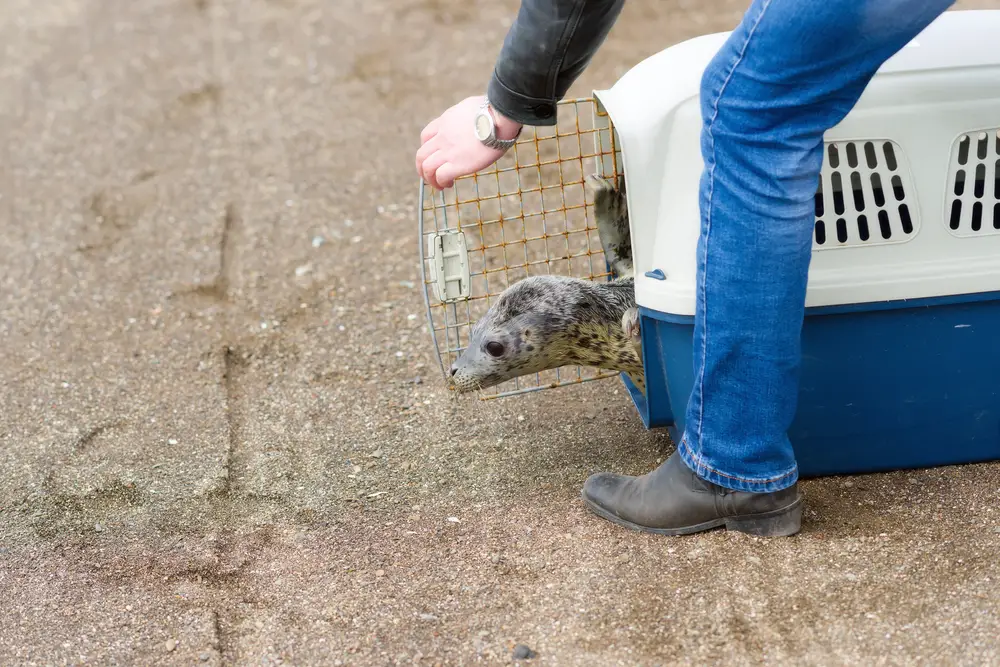
While traditional zoos focused on keeping animals for life, modern zoos are increasingly working to return them to their natural habitats. Species like the Arabian oryx, golden lion tamarin, and European bison have all been successfully reintroduced thanks to zoo-led conservation efforts. It’s a delicate process that involves careful planning, habitat restoration, and ongoing monitoring to ensure survival.
Reintroduction isn’t as simple as opening a cage door—animals must be trained to hunt, avoid predators, and adapt to new environments. Zoos now partner with conservation groups to teach these survival skills before release. By prioritizing rewilding programs, zoos are showing that their goal isn’t to keep animals in enclosures forever—it’s to give them a second chance at freedom.
6. Educating Visitors About Conservation and Sustainability
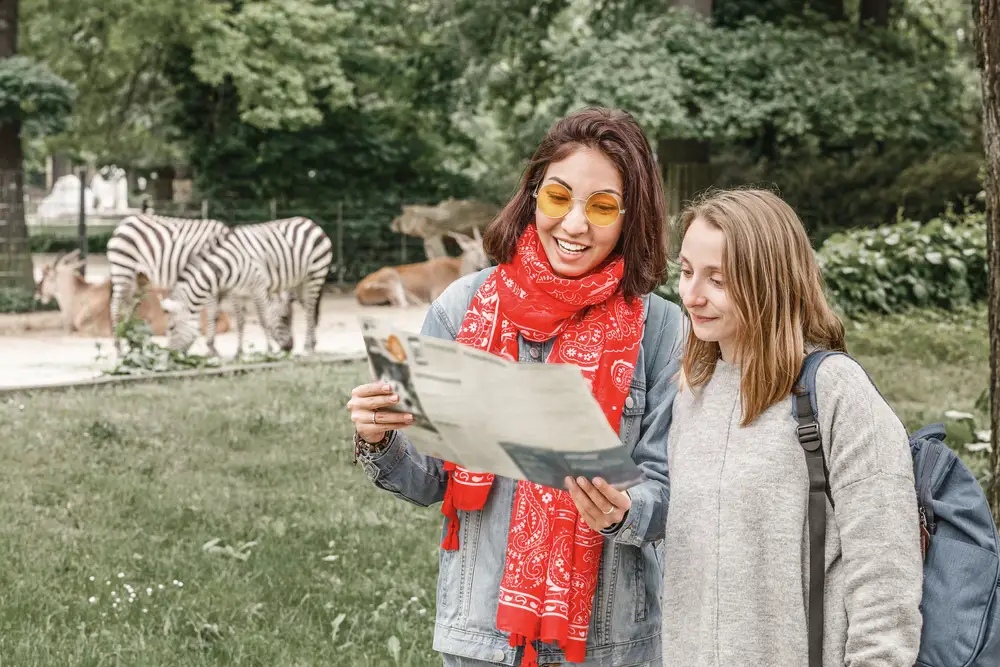
Zoos aren’t just about watching animals anymore—they are becoming powerful learning hubs. Modern zoos host workshops, interactive exhibits, and conservation talks to educate the public about wildlife preservation and sustainability. Instead of just reading plaques, visitors can now engage with scientists, watch live research in action, and even participate in conservation projects.
These educational efforts help people understand the real-world threats facing animals, from climate change to habitat destruction. Some zoos even encourage guests to reduce plastic use, support ethical tourism, and donate to conservation projects. By turning visitors into wildlife advocates, zoos are ensuring that conservation efforts continue beyond their gates.
7. Partnering with Conservation Organizations Worldwide
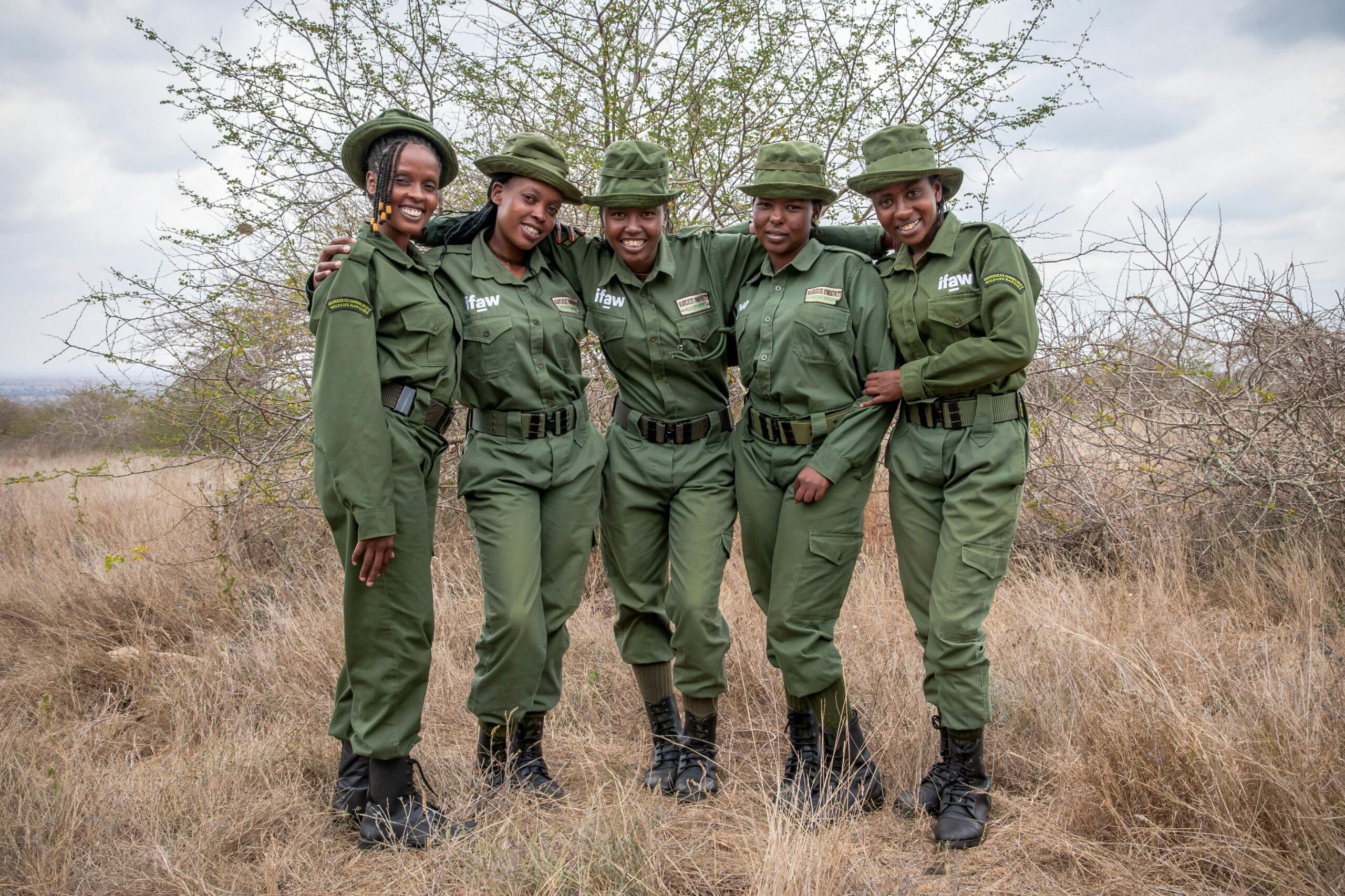
Zoos are no longer operating in isolation—they’re teaming up with global conservation groups, research institutions, and government agencies to expand their impact. Through these partnerships, zoos can fund larger-scale projects, conduct field research, and develop more effective conservation strategies.
For example, many zoos collaborate with the World Wildlife Fund (WWF), the International Union for Conservation of Nature (IUCN), and national parks to protect threatened species. By pooling resources and expertise, they can tackle conservation challenges that are far too big to handle alone. This collaborative approach ensures that zoo efforts are not just local, but global, benefiting wildlife across the world.
8. Focus on Breeding Programs and Genetic Diversity
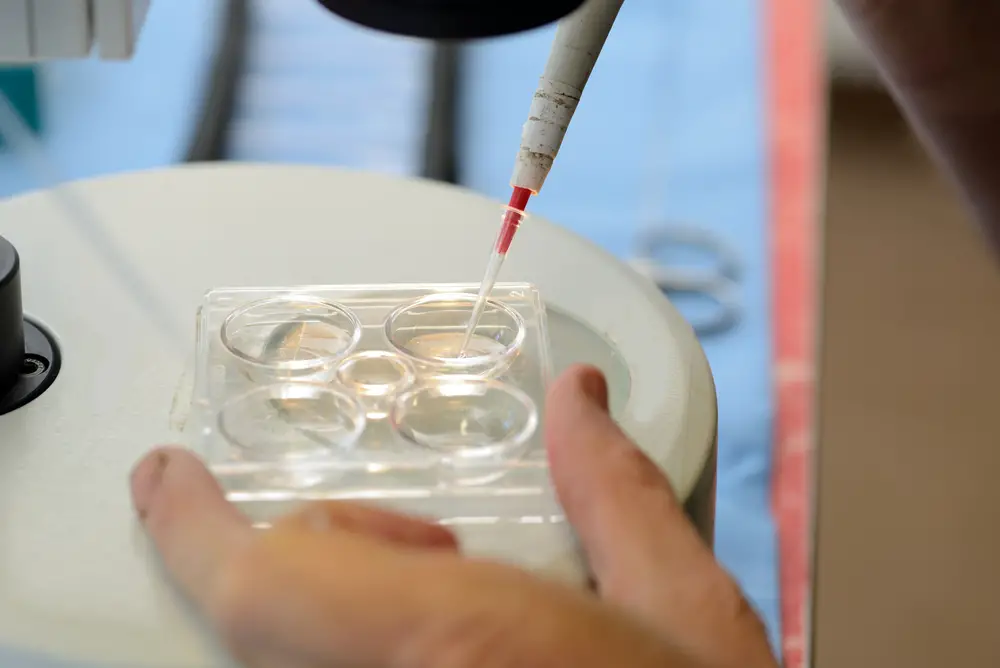
Many zoos today are prioritizing breeding programs for endangered species, not just to expand their exhibits but to reintroduce animals into the wild. These programs are designed to combat the extinction crisis, and zoos work alongside wildlife organizations to create genetically diverse populations in captivity. For example, the San Diego Zoo has been instrumental in breeding and releasing endangered species like the California condor. The goal is not just to showcase animals but to ensure their survival through controlled breeding and release back into their natural habitats.
Breeding programs also help educate the public about the importance of genetic diversity. Visitors get a behind-the-scenes look at how breeding can help save species that are struggling in the wild. It’s a win-win scenario: the zoo is saving animals, and the public gets to witness the magic of these animals being reintroduced into the world. These programs show that zoos are evolving from places of entertainment to critical hubs of conservation. Many of these efforts also contribute to global initiatives, offering hope for future generations of wildlife.
9. Advanced Veterinary Care
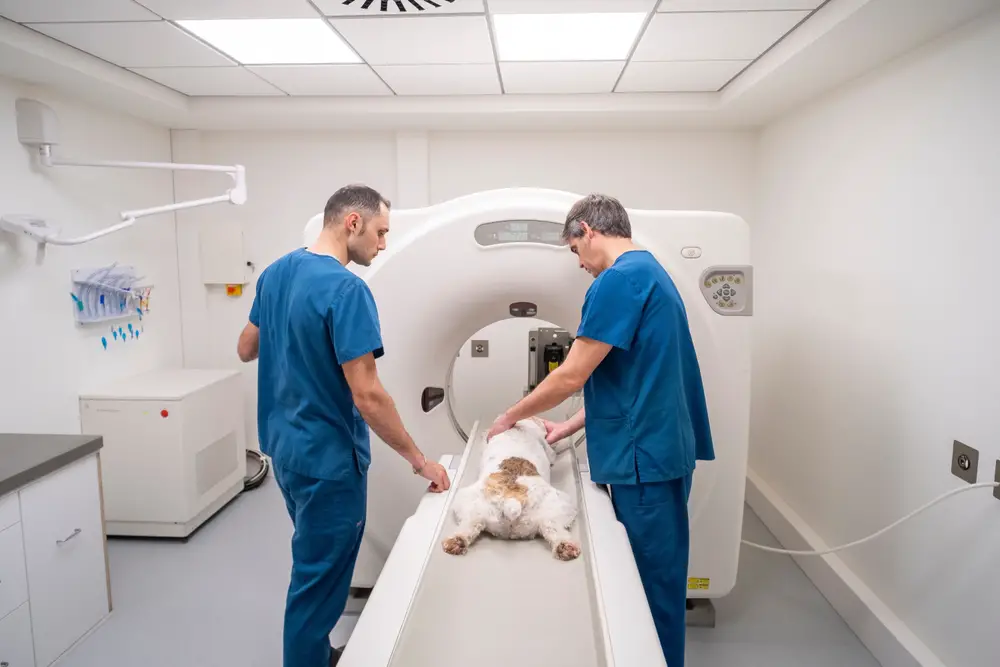
Zoos have also invested heavily in veterinary care, ensuring that their animals receive the best medical attention. Some zoos even have full-fledged animal hospitals on-site, where they perform surgeries, run tests, and provide vaccinations to their residents. By having access to cutting-edge veterinary care, animals in zoos live longer, healthier lives, and are better equipped to contribute to conservation efforts. The goal is to keep the animals in peak condition, whether they’re part of a breeding program or a research study.
More zoos are partnering with universities and research institutions to share medical knowledge and refine their techniques. This collaboration leads to advances in both animal healthcare and conservation science. The zoos’ medical teams also study animal behavior, genetics, and disease transmission, further aiding wildlife protection efforts. This focus on health and wellness allows zoos to be more than just a tourist attraction – they are now seen as research facilities advancing the science of conservation.
10. Community Involvement in Conservation
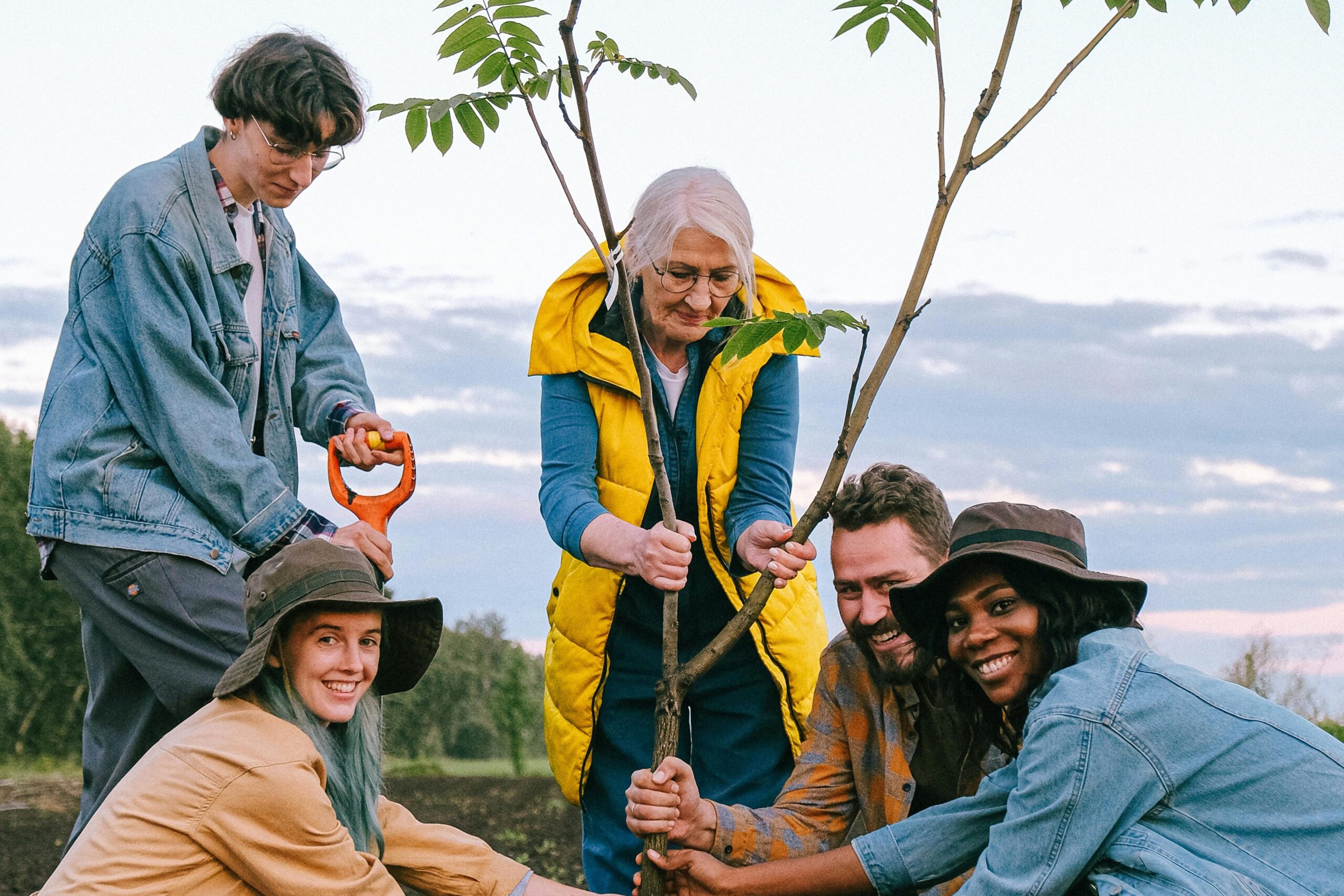
Many zoos are actively involving local communities in their conservation efforts. By engaging the people who live closest to endangered species’ habitats, zoos help create stewards of the land. Programs might include local wildlife monitoring, eco-tourism initiatives, and agricultural practices that promote wildlife-friendly farming. Community members are often trained to become conservation ambassadors, spreading knowledge about sustainable living practices and the importance of protecting local wildlife.
The involvement of communities not only helps conserve wildlife but also empowers local people. By offering employment opportunities, educational programs, and incentives, zoos create a sense of ownership and pride within the community. It shows that conservation is not just the responsibility of zoos but also of the individuals who live alongside these animals. This sense of shared responsibility is essential to ensuring the long-term success of conservation efforts.


